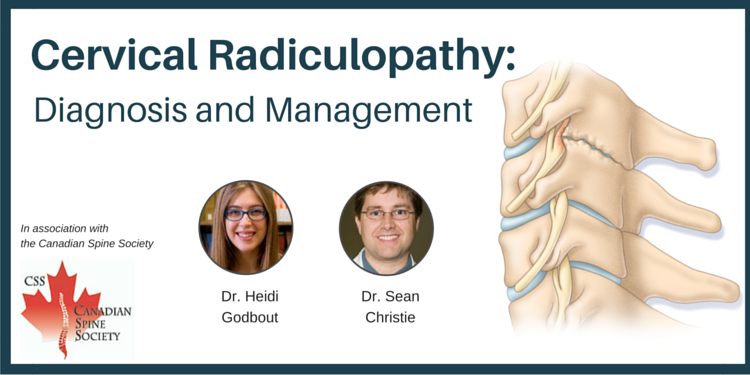1 Associate Professor Orthopaedics (Upper Extremity and Trauma) Dalhousie University, Halifax, NS.
2Fellow, Combined Spine Program, Department of Surgery, Dalhousie University, Halifax, NS.
3 Associate Professor, Dalhousie University, Department of Surgery (Neurosurgery), Halifax, NS.


